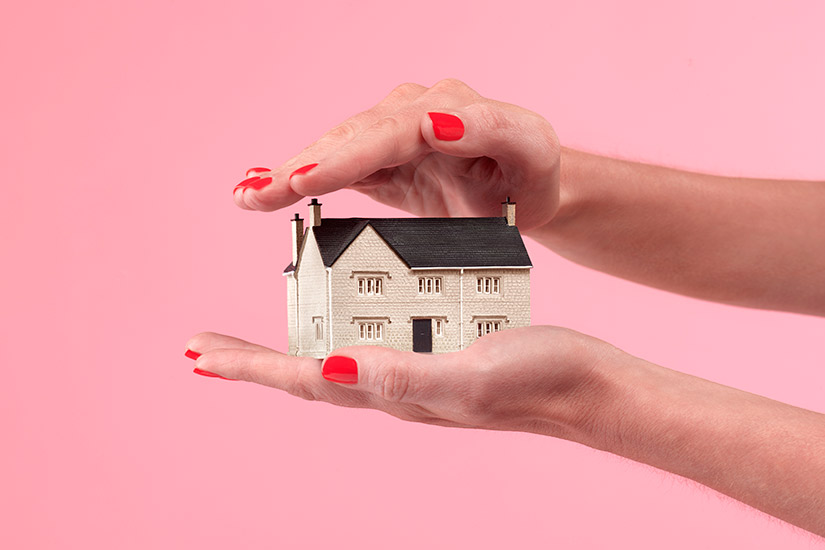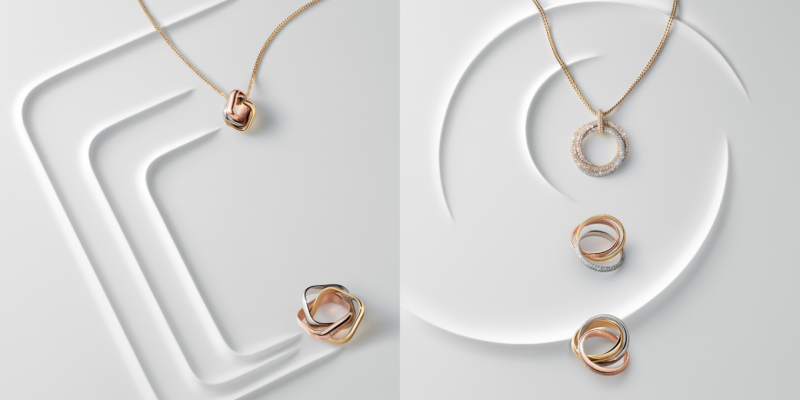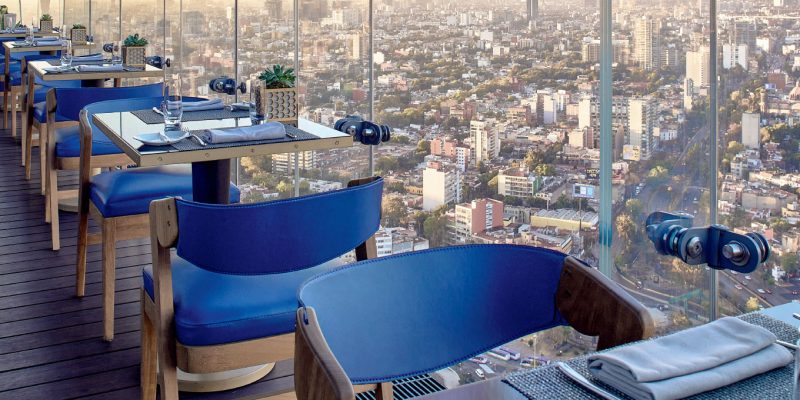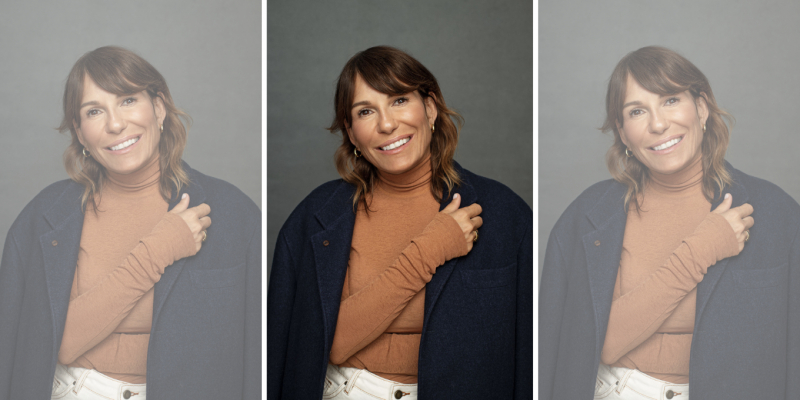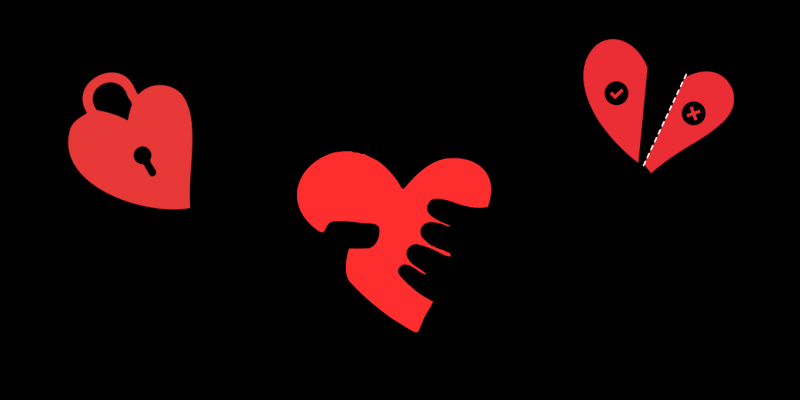You can never save enough
That 20% down payment rule your financial advisor keeps yammering on about is legit: any less and you’ll only be eligible for a high-ratio mortgage, which can mean higher interest rates and costly mortgage insurance.
Use a mortgage broker
Just because you bank at institution X doesn’t mean you need to get your mortgage there. A broker can shop around with different lenders to find the best rate, according to Shannon Lee Simmons, a certified financial planner and founder of online advisors The New School of Finance. If you don’t have one on speed dial, she recommends hitting up friends or neighbours. “Find somebody nearby who is in a similar economic bracket. Or, if you’re buying a vacation property, ask people who also own cottages,” she says. “That way you know that you’re getting a broker who specializes in the area and in the type of financing that you want.”
Get pre-approved before looking
Having an idea of how big of a mortgage you can get (a figure lenders determine based on salary, debt, credit scores, investments, etc.) will help you stay in budget when you start house hunting. Because, take it from us, if you check out that $4-million penthouse, you’ll definitely want to live there.
Don’t necessarily sign for the largest mortgage you’re approved for
This figure is based on the aforementioned income and investments and debts — not lifestyle. So if you’re not willing to sacrifice your annual Euro trips/$20 glasses of CabSav/Glossier budget, you should opt for a smaller mortgage, according to John Pasalis, the president and founder of Toronto-based realtors Realosophy. Total housing expenses (mortgage, property taxes, maintenance fees, insurance) should be no more than 55% of take-home income. And if you have a long list of other expenses (car payments, daycare, school loans, etc.) that figure should be even lower.
Don’t forget closing costs
Stash aside about 2% of the value of your home for extras like land transfer taxes, and lawyer and home-inspections fees. It’s also good to have a little extra for potential renos and painting and those Louis Ghost chairs. Also, if you’re withdrawing from your RRSPs for the purchase, give yourself a two-week buffer for the transfer to go through. Trust.
